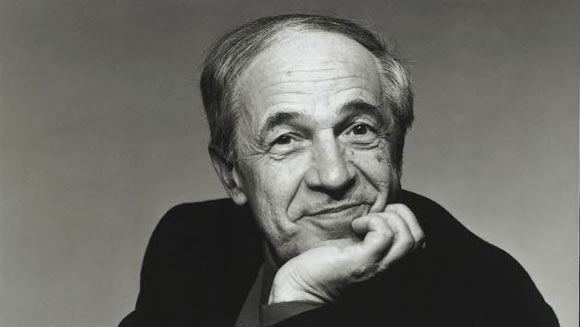
Pierre Boulez is a world-renowned composer, who was born in March 26, 1925 in Montbrison, France. A prestigious artist experienced in the Classical, Avant-Garde and Electronic dimensions of music, Boulez had a brief stint with Mathematics before pursuing music on a full-fledged scale. His music encompasses a wide variety of musical styles and instrumental variations, some of which include piano, violin and clarinet concertos, blending in the broader categories of electro-acoustics, experimental electronics, orchestral arrangements and most dominantly, keyboards. In what has been a remarkable seven-decade long career, Pierre Boulez has embarked on an incredibly-manifested musical journey, collaborating with some of the most popular musicians and classicists of all time.
Earlier on in Boulez’s life, he encountered the works and proficiencies of Olivier Messiaen and Rene Lebowitz, whom he met around the time he was enrolled in the Paris Conservatoire. These two figures had a lasting impact on Boulez’s own works, as some of their most revered techniques are clearly noticed even in the Frenchman’s earliest compositions. The early 1940s saw the likes of Le Visage Nuptial and Le Soleil des Eaux, some of the first few orchestral works that Boulez composed embracing the twelve-tone technique. These earlier works also featured strong serialism techniques, that later seemed to have been used rather hastily in piano compositions, such as Structures (1952), for example. As opposed to most experimental compositions limited by the popular method of serialism, the one work that did outlive all the others was the 1955 French classic, Le Marteau sans Maitre, originally designed to feature vocal and ensemble elements. What made this production so special and rich was the array of sounds noticeable in the composition, ranging from modern Jazz to Japanese music. This piece also ensconced some incredible percussive sounds, mainly building on vocals.
After having a mediocre response to an attempt to experiment with conductor techniques in a critically-received classic piece (Pli Selon Pli), Boulez moved on to using a technique he called ‘Controlled Chance’. His compositions in the 1960s, such as Eclat (1965) and Domaines (1961–68) featured an improvisational, yet limited way of experimenting with sounds on stage. An interesting twist of events took place in the 1970s, when Boulez decided to introduce electronic music in his compositions. In 1971, Boulez began work on a modern-day masterpiece (…explosante-fixe…), which featured a number of instruments such as the violin and clarinet, also encompassing some of its features in later works in the decade, such as Rituel (1975). A lasting characteristic of Boulez’s music, especially post-1970s, was the label that it was always a work in progress, often completing a single piece over a period of two decades. Nevertheless, works such as Derive 1 (1984) and Initiale (1987) were designed eloquently, bearing in mind the earlier techniques used by Boulez, while also incorporating brass instruments to the stage. Some of his later works include the tri-partite ensemble pieces of Anthemes (1991)and Incises (1994), both of which had subsequent releases as well.Created solely for the harp, percussions and piano, these works were significantly melodic in nature, with piano chords spread across an even tempo overlapped by capturing violin insertions.
Having demonstrated a formidable mind for compositional music in the classical arena, this prolific Pierre Boulez has been awarded several awards and nominations for his awe-inspiring contributions over the years.